Best Food For Senior Cats. If I am like most people who want to make my senior cat comfortable and healthy, I understand the importance of selecting the right food. In my practice, it took me a while to figure out that cats do go through changes when it comes to feeding them as they grow older.
Kittens just like older people require specific feed that will nourish their aching bones, reduce size, help them move around and even enjoy good health.
In this article, let me take you through what I’ve learned about the well-selected diet for senior cats supported by studies and practical experience. Starting from the micronutrients and macronutrients they require to the kind of foods that are advisable for them, right down to how to feed a reluctant eater, I’ll discuss it.
If it is your first time taking care of a senior cat or if you are searching for some ways how to enhance the method you apply to this creature, then it is good for you to carry on reading this article for more information.
Key Takeaways
- Prioritize High-Quality Nutrition: Old-age cats require good, highly digestible proteins and fats, not forgetting vitamins and minerals that suit their age.
- Hydration is Critical: Cats should eat wet food because it develops some hydration levels, especially for cats with kidney or urinary problems.
- Balance is Key: Wet and dry foods can be fed alternatively to give the dog a variety of foods with water content and to promote healthier teeth.
- Consider Health Needs: Some nutrients to consider are phosphorus-restricted, added fibre, and joint-related nutrients to include glucosamine & omega-3 fatty acids.
- Consult Your Vet: No two cats are alike and consult your veterinarian on which diet plan would be best for your senior cat.
Why Senior Cats Have Unique Nutritional Needs
But when my cat reached their senior years, I observed gradual changes in their response; they became slower, changed weight a little bit, and maybe even eating habits.
These signs made me aware that I must change my diet to suit the growing needs of the animals.
Older cats for instance have slow metabolism, loss of muscle tone and altered metabolism in digestion and therefore their food must be representative of all these aspects.
The main factors that influence a senior cat’s nutritional needs include:
- Age-related metabolic changes: Senior cats need less food due to their decreased activity level yet they need good quality protein for muscle purposes
- Joint and mobility support: Substances such as glucosamine and chondroitin become paramount for the support of the joints.
- Digestive health: Most of the elder cats need gentle food with some sort of probiotics for their stomachs.
- Kidney and urinary health: Kidney diseases are very common in old cats, and reducing phosphorus and keeping sodium levels in check is a big plus.
Key Nutrients to Look for in Senior Cat Food
Selecting the right meal for a senior cat may be quite a challenging occasion due to the available variety of foods. Over time, I learned to focus on key nutrients that directly benefit ageing cats:
1. High-Quality Protein
The building block of a healthy body is protein and especially for cats, this is more or less true as they age. These cats undergo muscle wastage since their metabolism is slow, and their levels of physical activity are low. To combat this, they have high-quality, easily digestible protein in their diet, preferably in the form of small meals.
Why High-Quality Protein Matters
What to Avoid
Other plant proteins such as soy or peas have not shown similar muscle-sparing effects, as they are not ideally as palatable to cats or easily digestible.
Personal Experience
My cat benefited from changing the diet and starting the feeding with lean high-quality protein; the difference in interaction and muscle mass was impressive. They appeared to be quicker and began to recover some of the animal’s playfulness.
2. Healthy Fats and Omega-3 Fatty Acids
- Joint Support: Some of the common problems that are known to affect senior cats include arthritis and stiffness in joining. EPA and DHA, omega-3s derived from fish oil, can relieve pain and stiffness and help with getting around.
- Coat and Skin Health: Maintaining a good fat ratio helps to solve such problems as dry skin and poor hair coat in aged cats.
- Sources to Look For: Fish oil, flaxseed oil and chicken fat are recommended sources of fats.
- Personal Insight: I observed that orienting my cat with foods containing omega 3s significantly minimised the rigidity of their movements during general activities.
3. Fiber and Digestibility
Why Fiber Matters
Fiber is useful for promoting bowel movements, especially in senior cats preventing constipation. It is also helpful to turn to soluble fibres like those found in pumpkin or psyllium husk for example.
Digestibility
Probiotics and prebiotics are commonly used in senior cat foods because of the health of the cat’s bowel. These ingredients balance the bacteria flora in the stomach enhancing digestion and absorption of nutrients.
Personal Tip
4. Controlled Phosphorus Levels
Renal diseases are a major issue in senior cats because 25 per cent of the cats over the age of five have some form of kidney disease. People should reduce their phosphorus consumption to avoid and effectively manage their kidney complications.
How Phosphorus Affects Kidneys
Hyperphosphatemia may overwhelm the kidneys of cats with CKD or increase the risk of kidney disease in healthy cats. Dietary senior cat foods are designed to contain lower phosphorus content to help alleviate this task.
Low Sodium
Maintaining phosphorus levels while on dialysis is also another critical determining factor given the elation between sodium and hypertension and kidney complications.
Personal Note
When my veterinarian pointed out early indicators for kidney stress in my cat, using food with low phosphorus made a significant difference in their health.
5. Added Vitamins and Minerals
Antioxidants
Vitamin E is an antioxidant which protects cells and enables the proper functioning of the immune system, Vitamin C also has antioxidant properties.
Taurine
This amino acid is critical to one’s heart and has the capability of enhancing vision. Taurine is essential to cats but cannot be synthesized internally and must be taken as part of the diet.
Other Minerals
Calcium is needed to build and preserve bones and teeth while magnesium safeguards muscles and nerves and potassium sustains muscles and nerves also.
Personal Experience
Last year, I switched the food served to a senior cat’s diet loaded with vitamins and antioxidants; my feline has been more healthy, lesfallsll, and sick days.
Types of Food for Senior Cats: Wet, Dry, and Raw
Thus, we must not only take into consideration what senior cat food should be made of, but also which form of food would be most beneficial. Here’s what I’ve discovered about each type:
Wet Food
Dry Food
But with dry, foods it is easy to feed and usually cheaper than wet I realized that better-parser senior cats especially those who have dental complications with their teeth are preferable.
However, there are specific dry foods which are intended for senior cats, these have tiny kibbles and often include features to assist in supporting the cat’s teeth. If you take this approach be sure to make fresh water available to your cat at all times.
Raw Diets
ok, ok, I stand corrected, I used to think that raw diets were for the birds. But then, having spoken to the vet, I came to learn that a raw diet could be well-balanced for senior cats. It does take more time to prepare and store, but some of the pre-packaged raw products make it easier.
Combination Feeding
For my cat, the best solution was feeding both wet and dry foods. The wet food released water into the cats Tootoo them moist while the dry food enriched the texture of the meal. Cats’ personalities and health conditions will determine a diet that meets their needs best.
Tips for Transitioning to Senior Cat Food
Entering another food is not always so smooth. Cats are very, very selective and specific and the sudden changes might just spoil their stomachs. Here are some strategies that worked for me:
- Gradual Transition: For 7-10 days, I used a ratio of the new food progressively establishing a higher ratio to the previous food fed to the puppy.
- Warm It Up: Taking time to warm wet food a little bit makes it more favourable to the animal by the nature of its smell.
- Add Toppers or Mix-Ins: At other times,t top-dressing the diet with a small amount of freeze-dried chicken or combining it with my cat’s all-time favourite treat helped get my cat to taste the new food.
- Stick to a Routine: I presented food at the same hours of the day, and this regimen was familiar to my cat.
Recognizing and Addressing Common Challenges
1- Loss of Appetite
My vet said I should look for any other health-related issues like having a toothache or kidney issues. These were temporarily excluded once these were eliminated I started to try all sorts of flavours and and textures.
2- Weight Management
Whether my cat was to gain weight or lose some, portioning and paying particular attention to calorie consumption was important. Senior foods generally have adequately adjusted calorie content for this concern when it comes to senior-specific foods.
3- Digestive Issues
Changing to a softer diet with probiotics included noticeably helped my cat.
My Opinion
Taking care of a senior cat is a wonderful process which teaches a lot and requires some changes. There it is, the role of the right food in their overall health and; happiness.
I have learned this through trial, research, and, of course, by asking the veterinarian – and so can you.
It is important to remind readers that every cat is different. Man proposals may work for others while others may not, so do not rush and look for many opportunities plus seek advice.
Above all, make sure these are the best of the years when you and your four-legged friend can have the best of times. They require some special attention, yet you certainly get this love and loyalty in exchange.

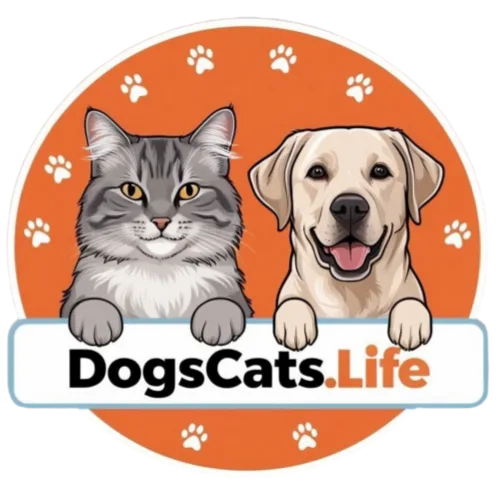
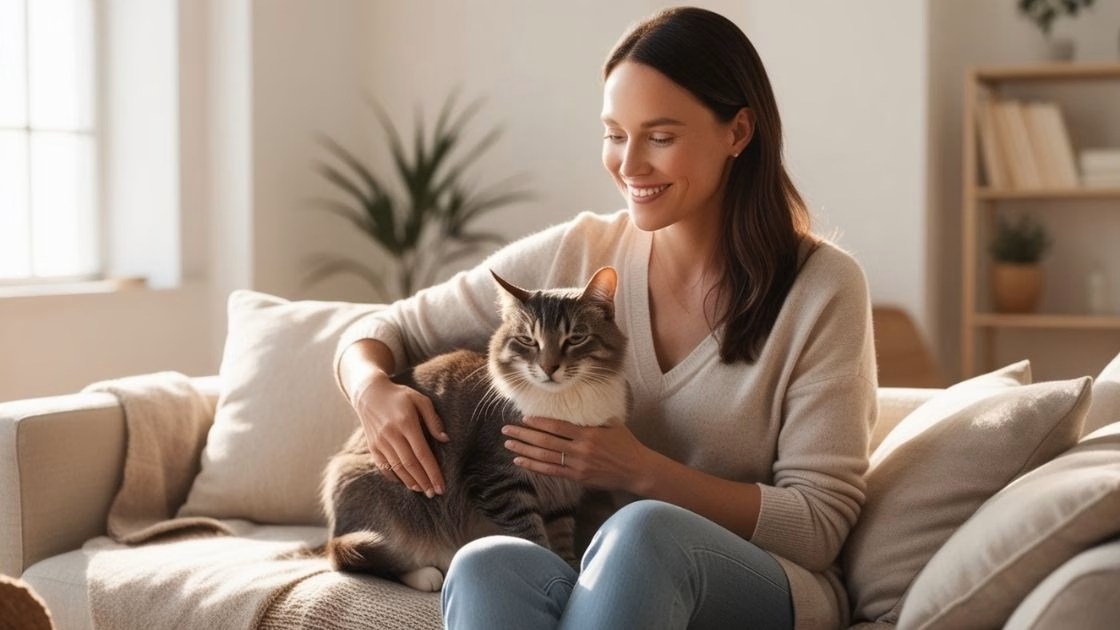

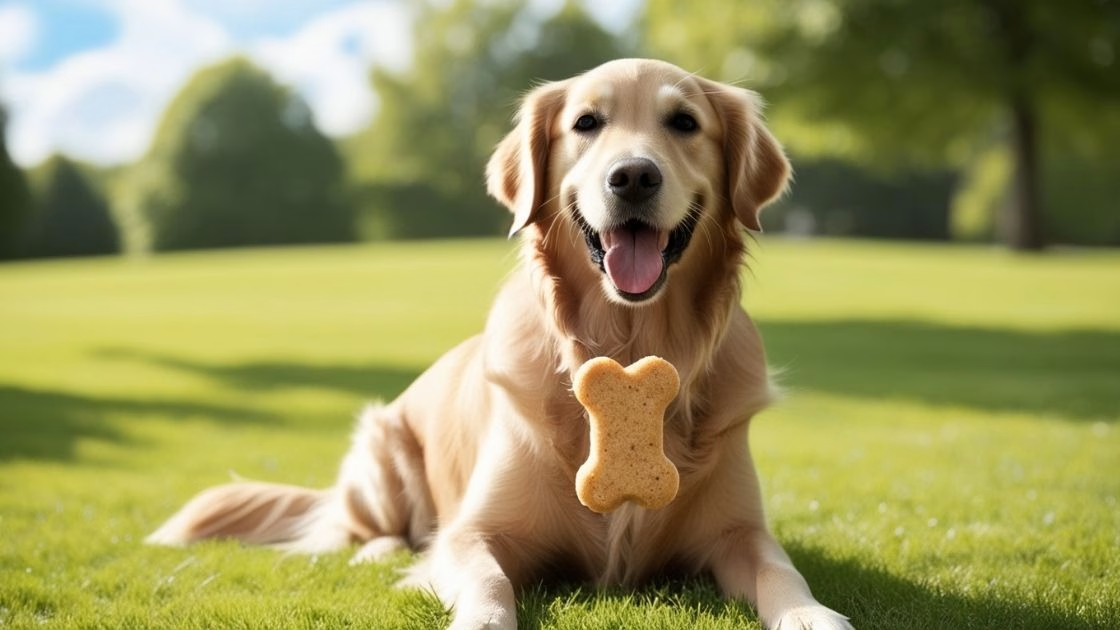
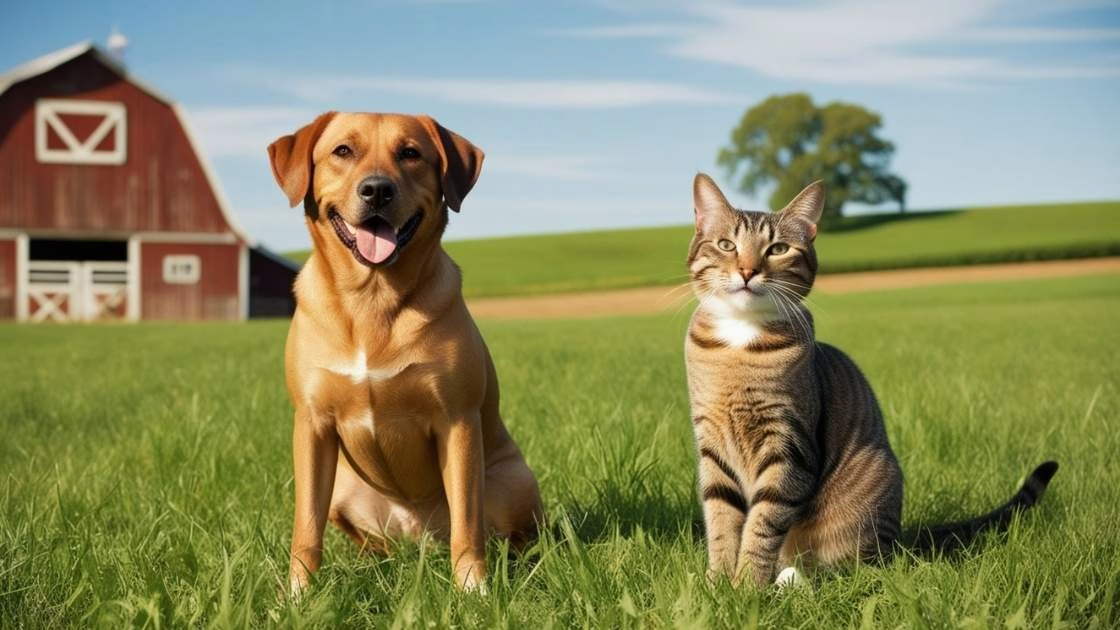
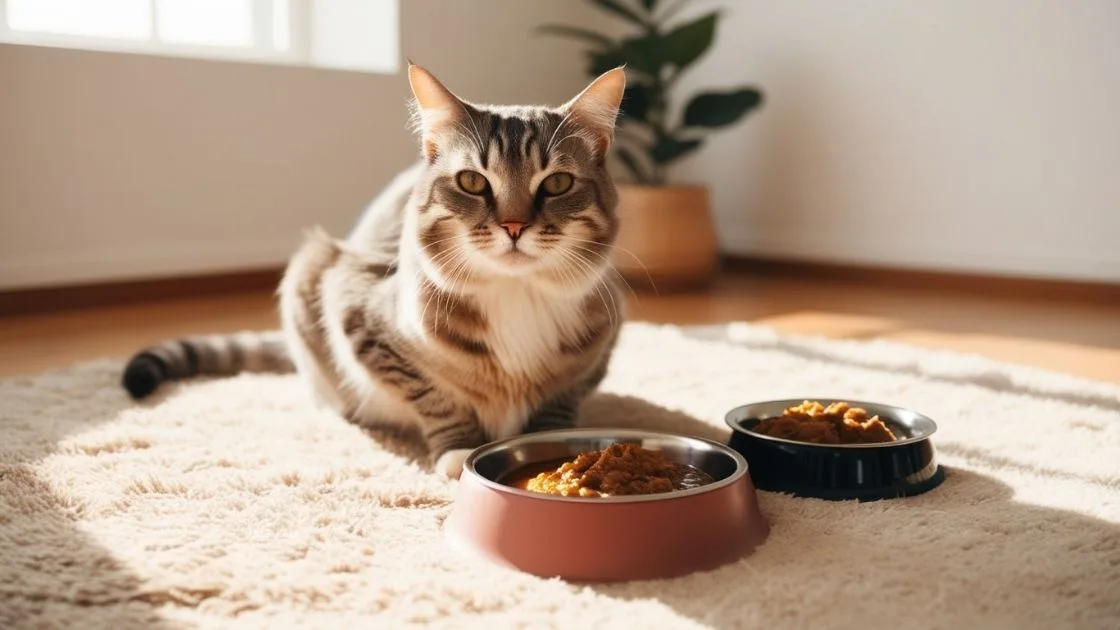
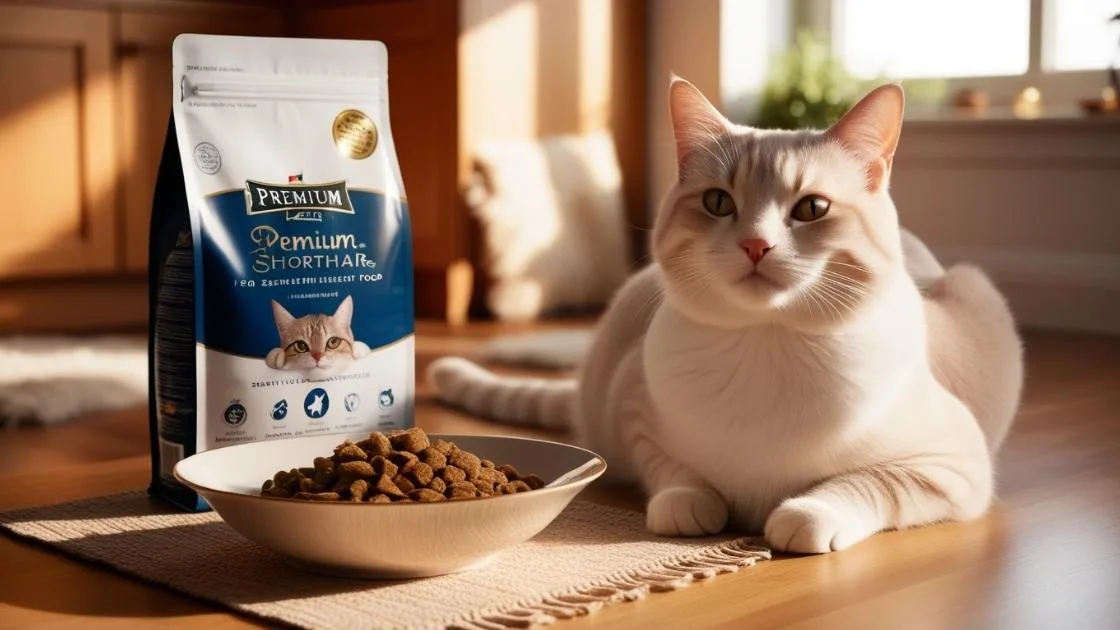

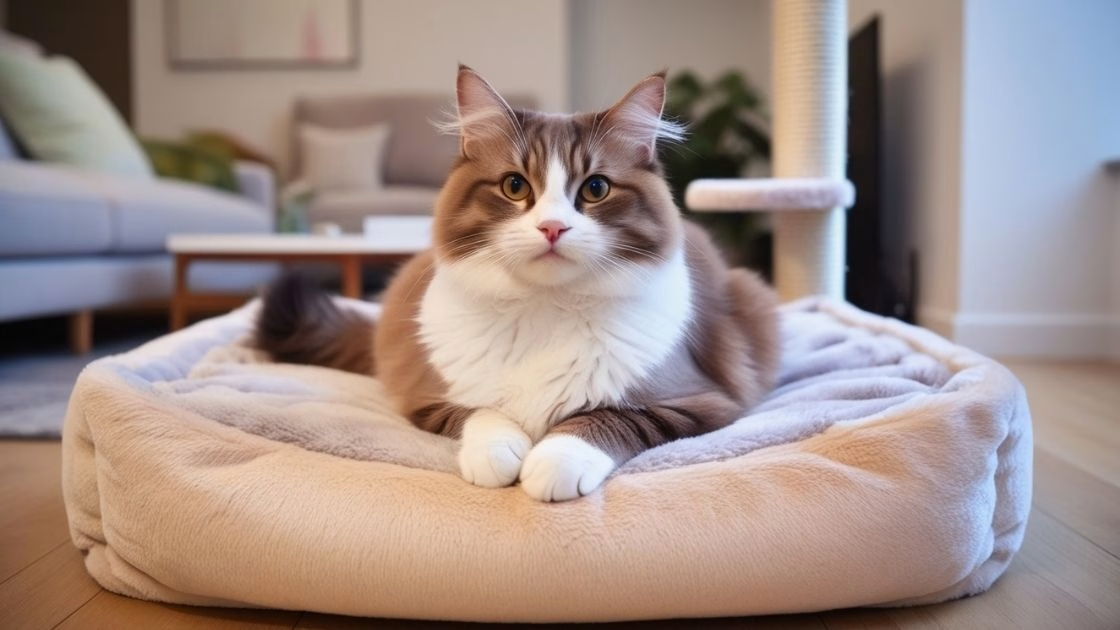

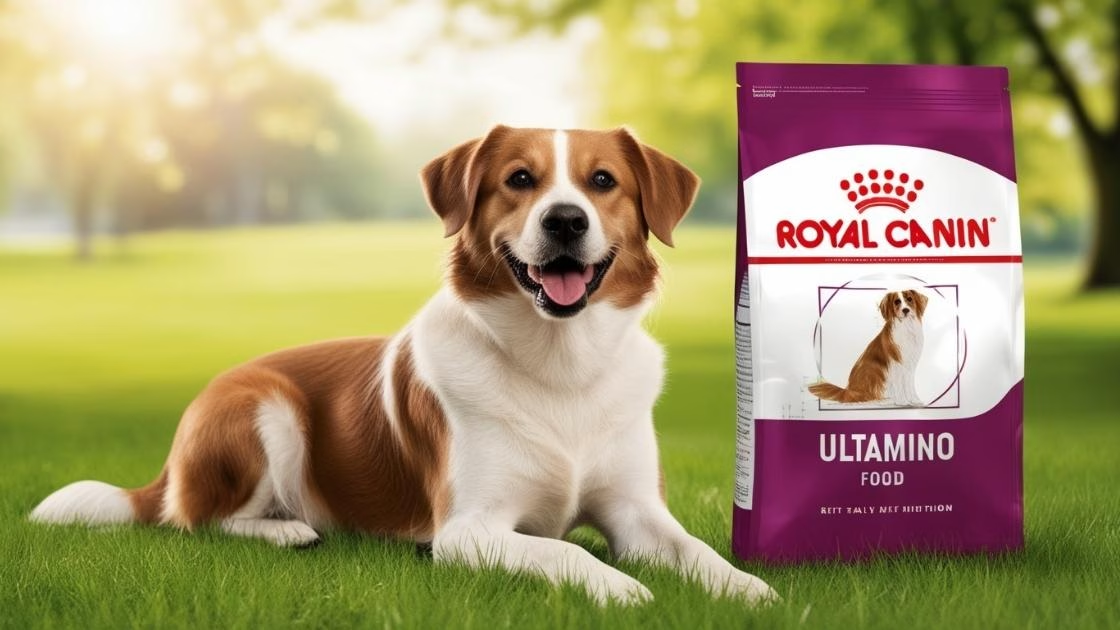
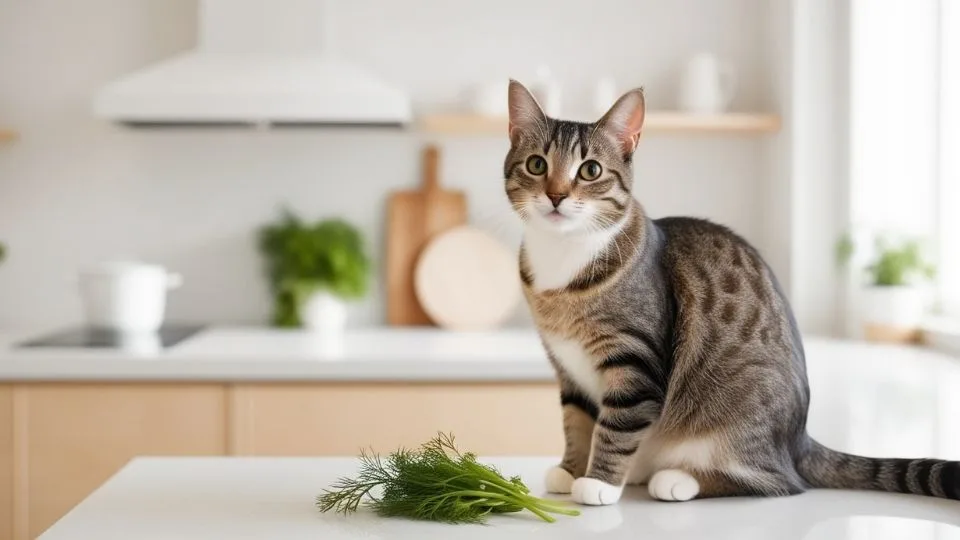
Leave a Reply
View Comments